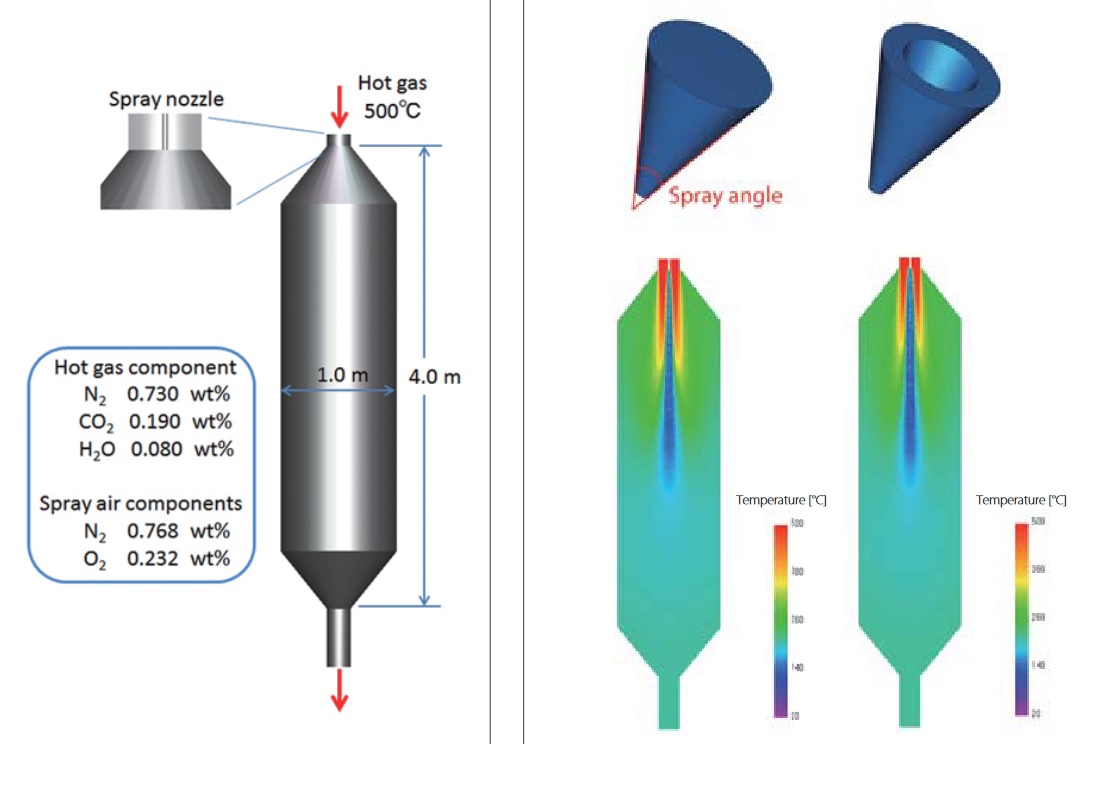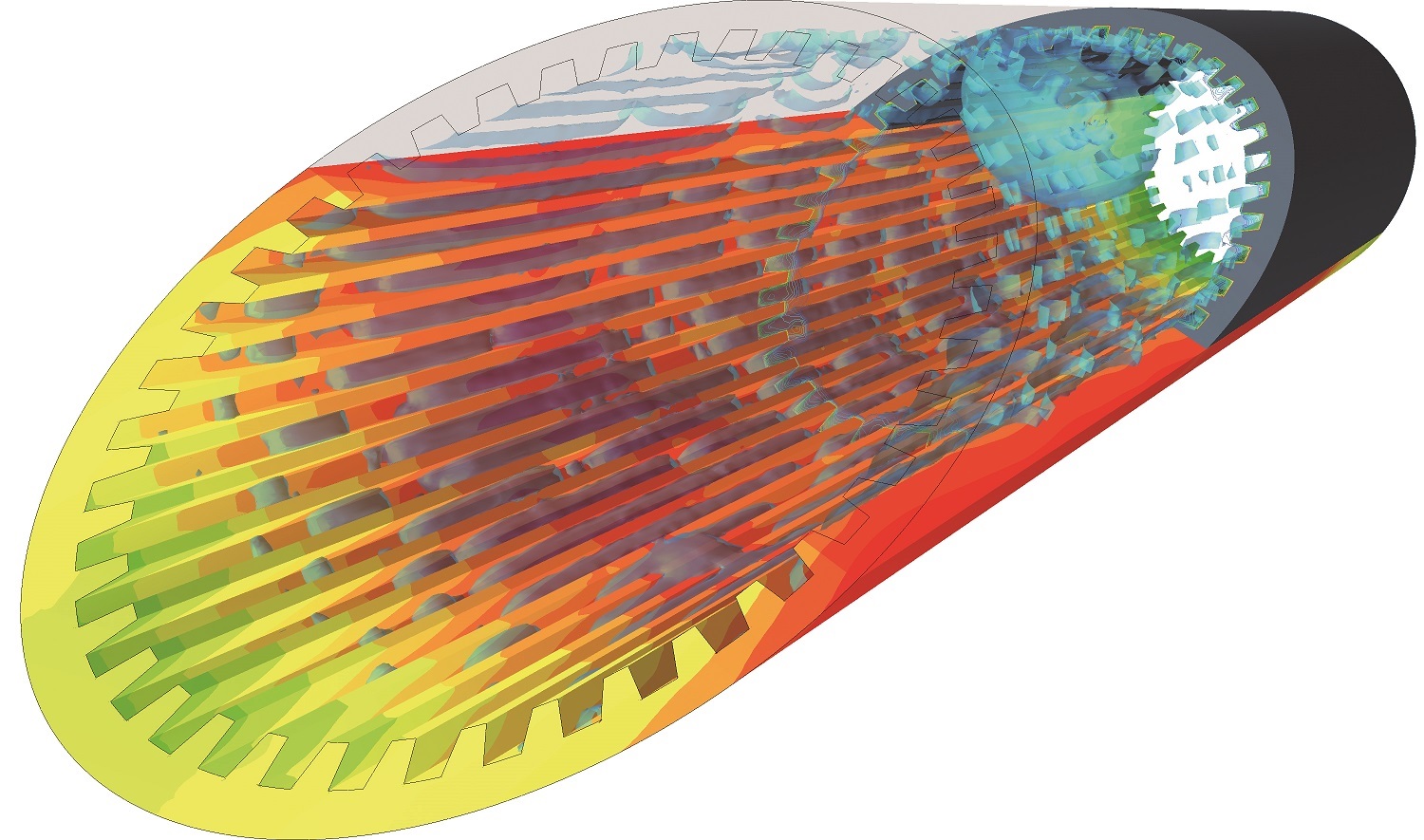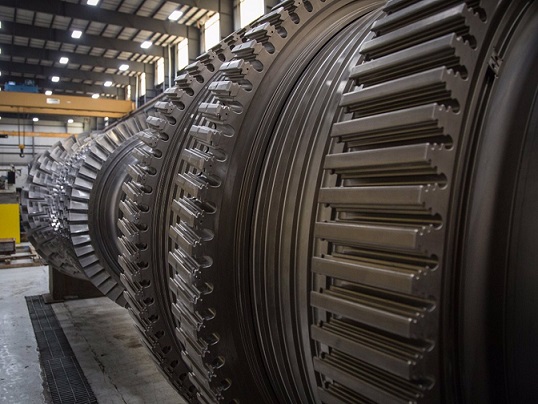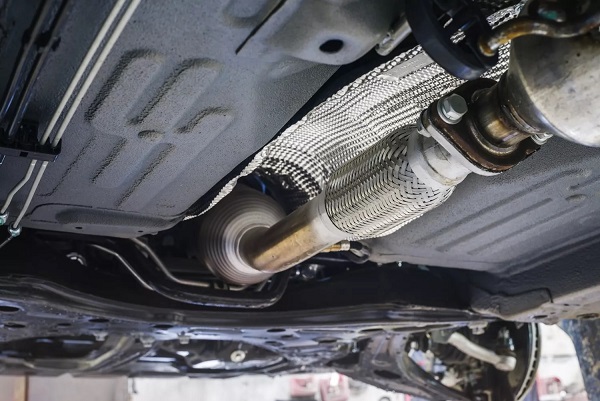There are several types of multiphase flows, each with its own characteristics and modeling requirements.
Common types of multiphase flows and their applications:
-
▶ Gas-Liquid Flows: This type of flow involves the interaction between a gas phase and a liquid phase. Examples include bubbly flows, slug flows, and annular flows. Applications include oil and gas production, chemical processing, and food processing.
-
▶ Gas-Solid Flows: This type of flow involves the interaction between a gas phase and a solid phase. Examples include fluidized beds, pneumatic transport, and particle-laden flows. Applications include chemical processing, power generation, and material handling.
-
▶ Liquid-Solid Flows: This type of flow involves the interaction between a liquid phase and a solid phase. Examples include sedimentation, slurry flows, and multiphase mixing. Applications include mining, wastewater treatment, and pharmaceutical production.
-
▶ Liquid-Liquid Flows: This type of flow involve the simultaneous flow of two immiscible liquids, such as water and oil. These types of flows are found in many industrial processes, including oil and gas production, chemical manufacturing, and food processing. In these applications, it is important to understand the behavior of the liquid-liquid interface and the interactions between the two liquids, such as coalescence, breakup, and mixing.
-
▶ Three-Phase Flows: This type of flow involves the interaction between a gas phase, a liquid phase, and a solid phase. Examples include gas-liquid-solid flows in fluidized beds and slurry reactors. Applications include chemical processing and materials synthesis.
In each of these types of flows, different modeling approaches are required to accurately capture the interactions between the phases. For example, in gas-liquid flows, the volume of fluid (VOF) method or the Eulerian-Lagrangian approach may be used to track the interface between the two phases. In gas-solid flows, the discrete element method (DEM) may be used to capture the interactions between the gas and the particles. In liquid-solid flows, the two-fluid model or the mixture model may be used to model the flow.








